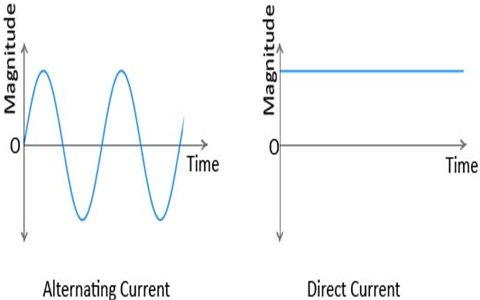What are AC and DC power supplies?
AC and DC, which stand for ‘Alternating Current’ and ‘Direct Current’ respectively, are terms used to describe different kinds of electrical currents. In simple terms, ‘current’ describes the movement of electrons along a conductor or ‘wire’.
Different electronic devices will require either AC or DC power supplies, and each type boasts its own unique benefits and drawbacks.
AC/DC power supplies, such as a 12v dc power supply also exist, which work by altering the voltage input with inbuilt transformers and converting the power waves to DC with rectifiers. These important devices also include a filter that removes electronic noise from AC power waves.
How are AC/DC power supplies used?
AC/DC power supplies are used for many applications within the business world, and are especially important for military use where they are used to power many devices at once. Sometimes known as plug-in power supplies, AC/DC power supplies are also commonly used to power automation products in the office, set-top boxes, chargers and motor control devices.
AC power, which is generated by a special device called an ‘alternator’, will power most appliances in your home or office, such as TVs, dishwashers and microwaves. DC power supplies are typical for battery-powered devices such as smartphones and remotes.
With many businesses moving towards solar energy, DC power is making a name for itself again. Solar panels generate DC power, which is then converted into AC power by an inbuilt inverter.
DC power supplies also boast unique applications. A 12v dc power supply, for example, is commonly used to power computer peripherals. These small power supplies are essential in the networking or telecommunications fields, or any workplace where computers are frequently used.
So, what are the distinct differences between AC and DC power?
1. AC power can travel over longer distances
AC power is most commonly used today because of its ability to safely tavel over long distances and provide a greater power output. Conversely, DC voltage will start to lose energy before it reaches a far distance.
2. AC and DC power waves travel differently
AC power waves reverse their direction while travelling in a circuit, while DC power waves flow only in one direction. Similarly, electrons in AC power continually switch directions while travelling, while DC electrons move in one direction, maintaining a stable voltage along the circuit.
With AC power, electrons move in changing directions because of rotating magnets along the wire, while DC wires maintain a steady magnetism.
3. AC and DC power supplies emit different frequencies
Depending on the country you’re in, an AC power supply will emit a frequency of 50Hz or 60Hz. DC power supplies, on the other hand, have a frequency of zero.
4. AC voltage is easier to convert
In order to lower the initial high voltage of AC power to a suitable level for a small device, such as a light bulb, transformers are needed. Transformers work by converting AC voltages into smaller distributions, making it easier to transmit AC power across long distances. Because of its constant current, DC voltage cannot be converted with a transformer.





